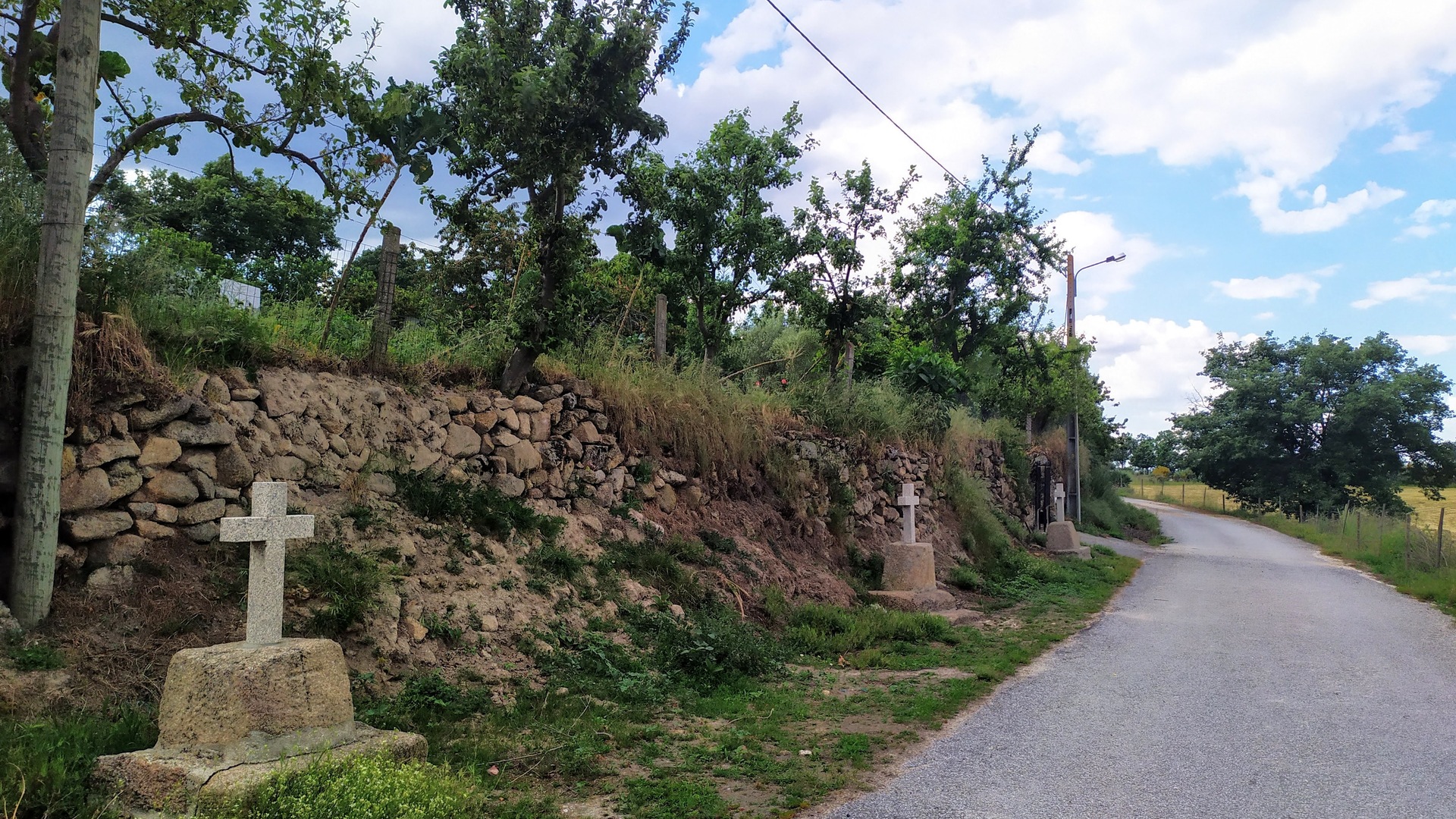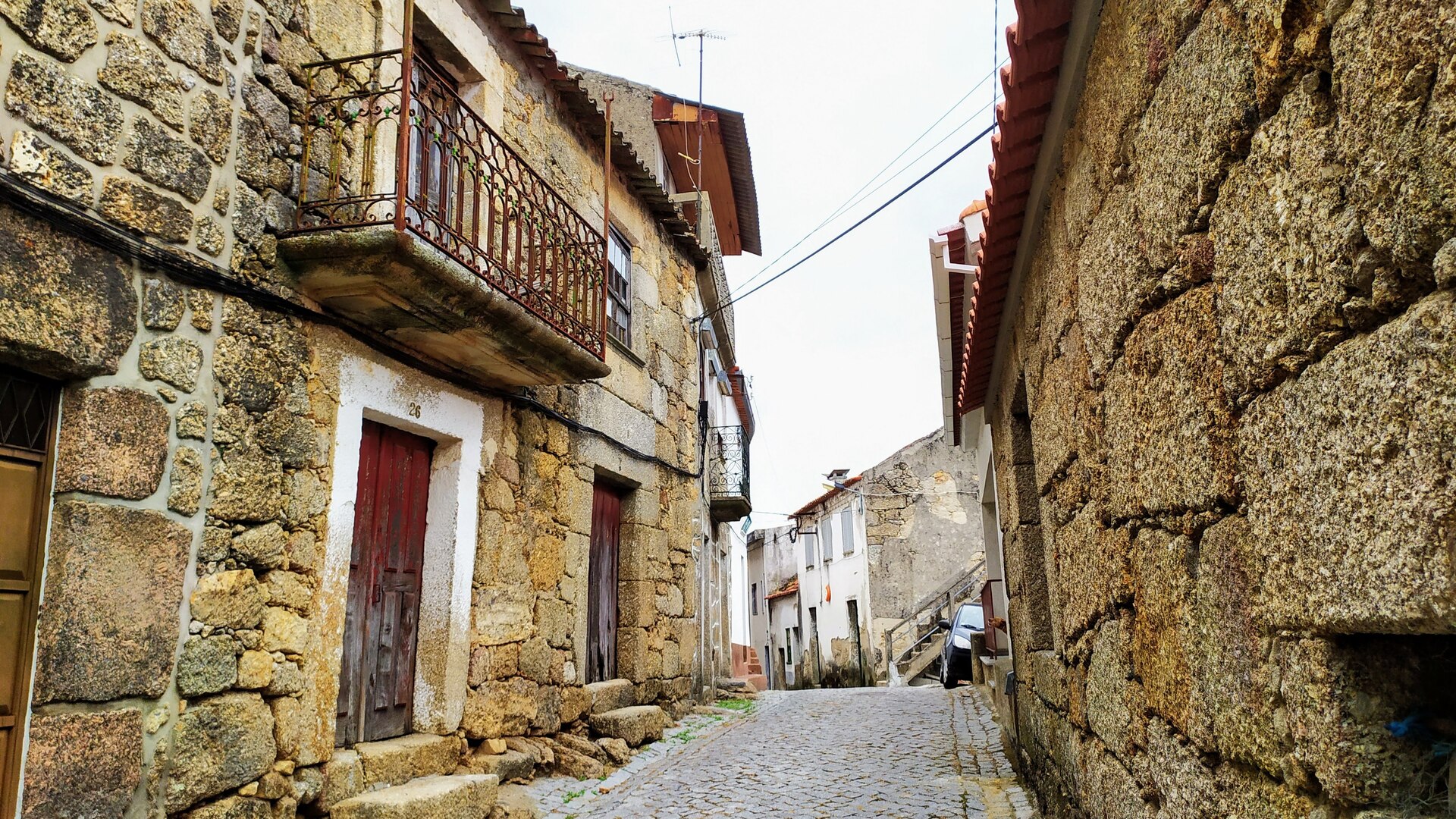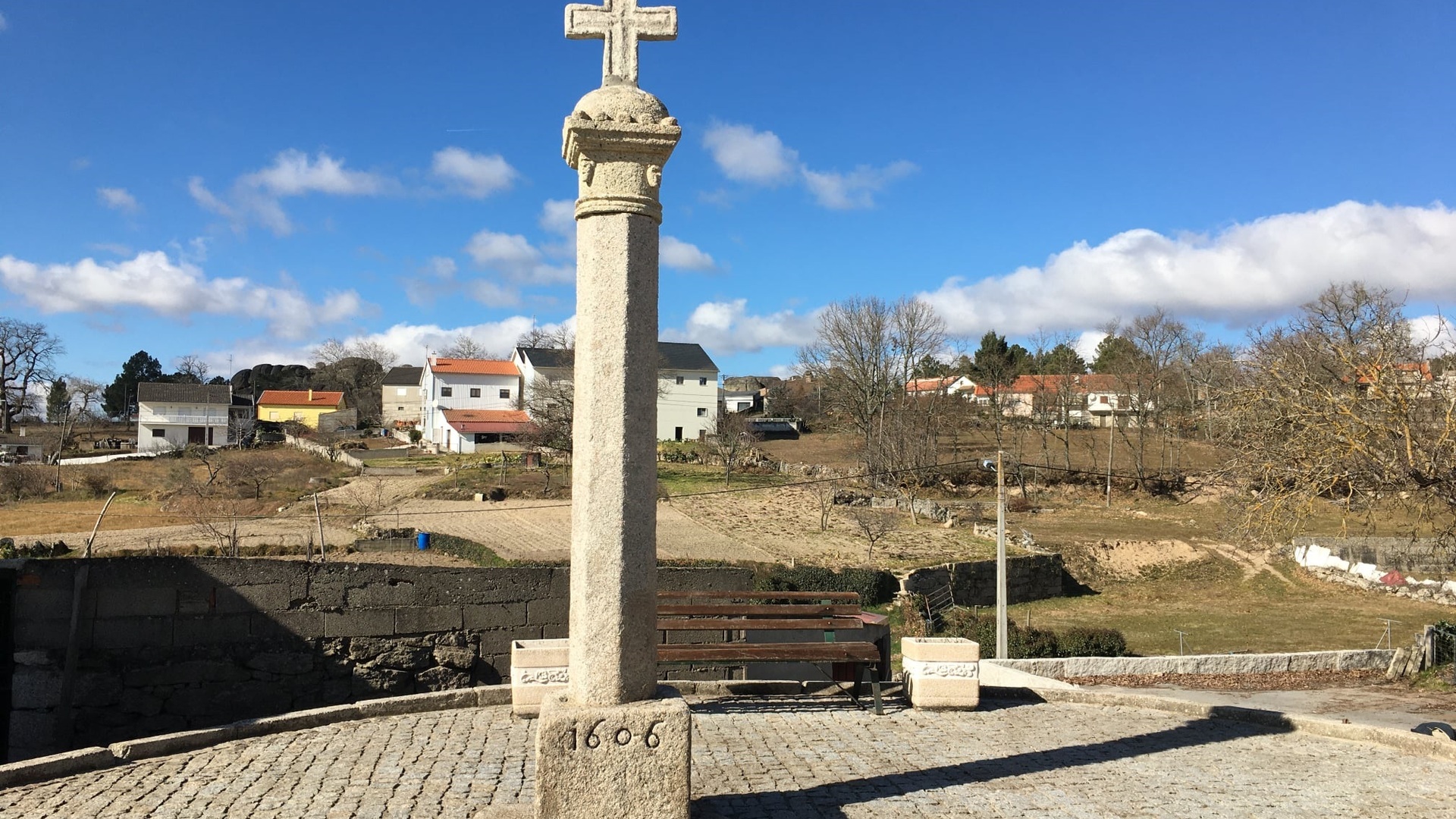There is no consensual agreement on the origin of the name of the village. The most widely accepted, however, is ‘Avelãs de Ano Bom’ , which is a reference to the exceptional hazelnut harvests in the past . Avelãs de Ambom is a part of the Avelãs de Ambom and Rocamondo Parish Council.
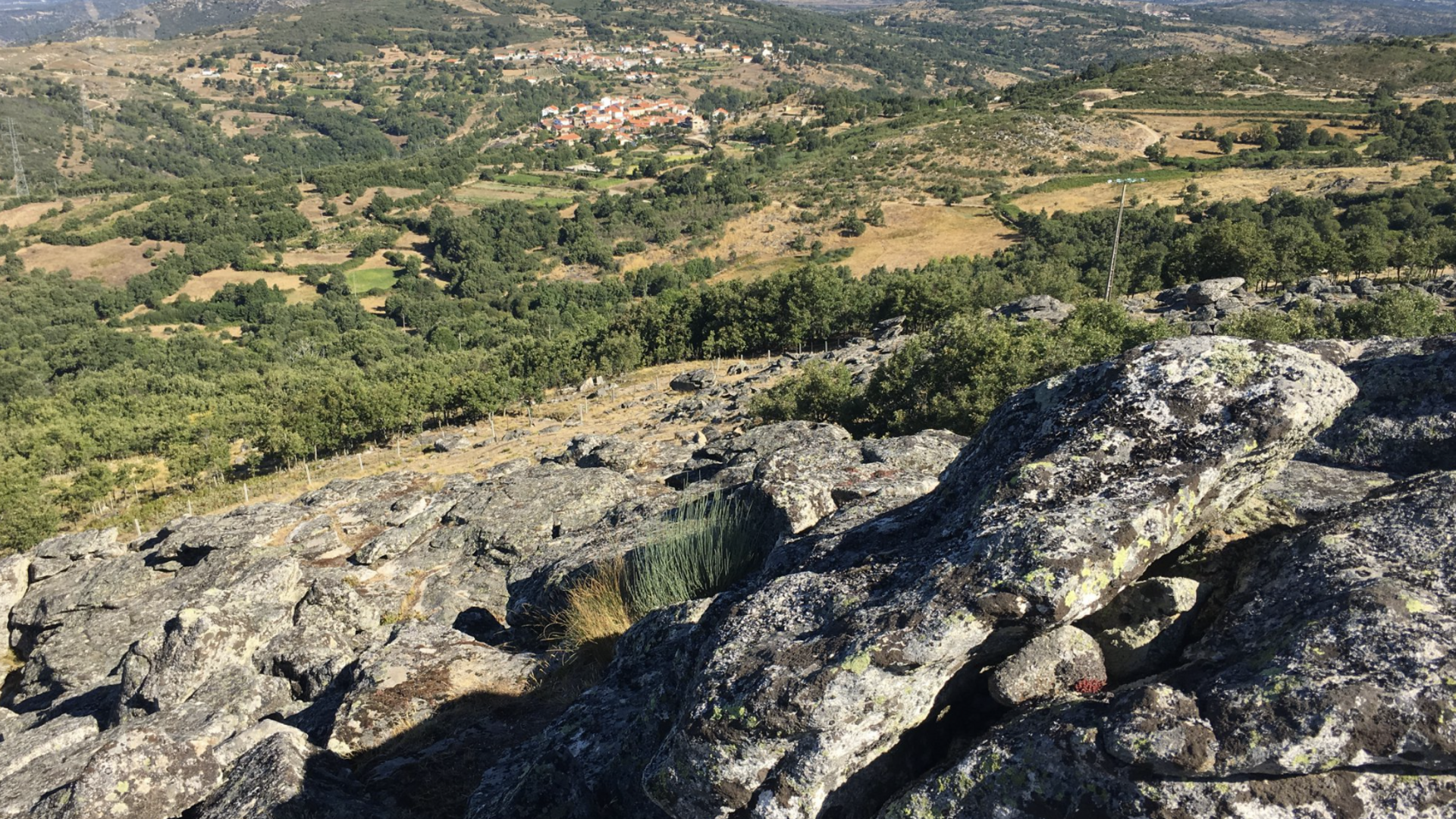
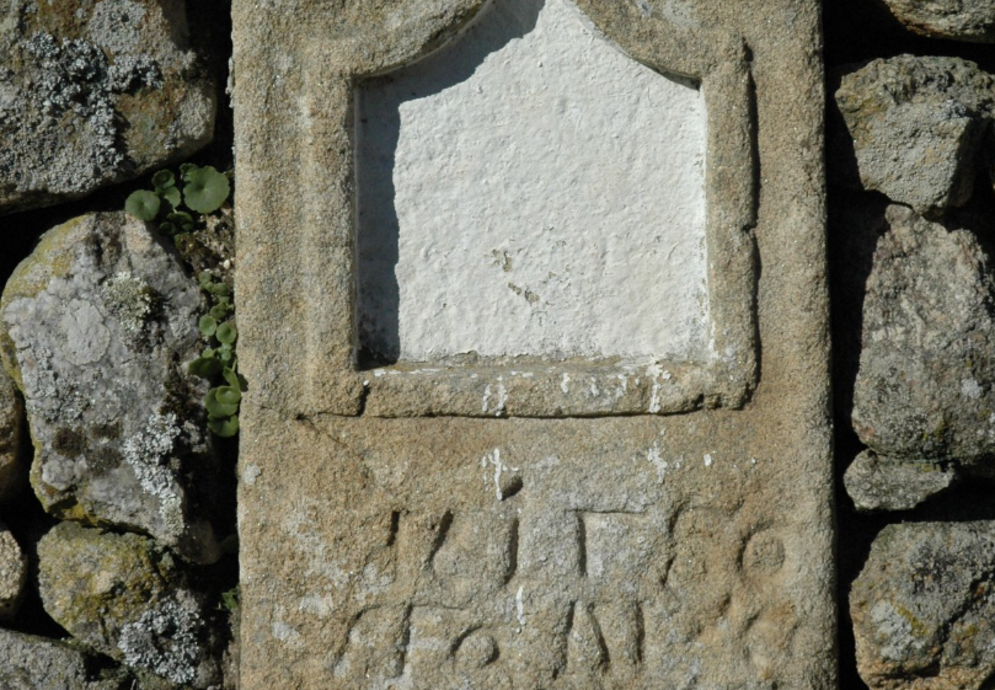
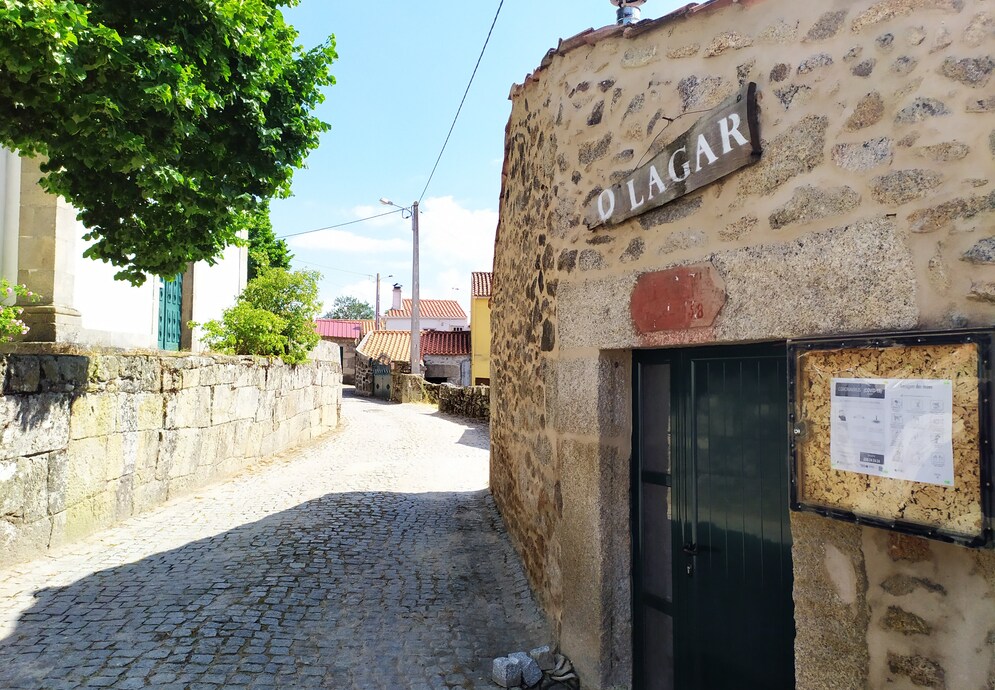
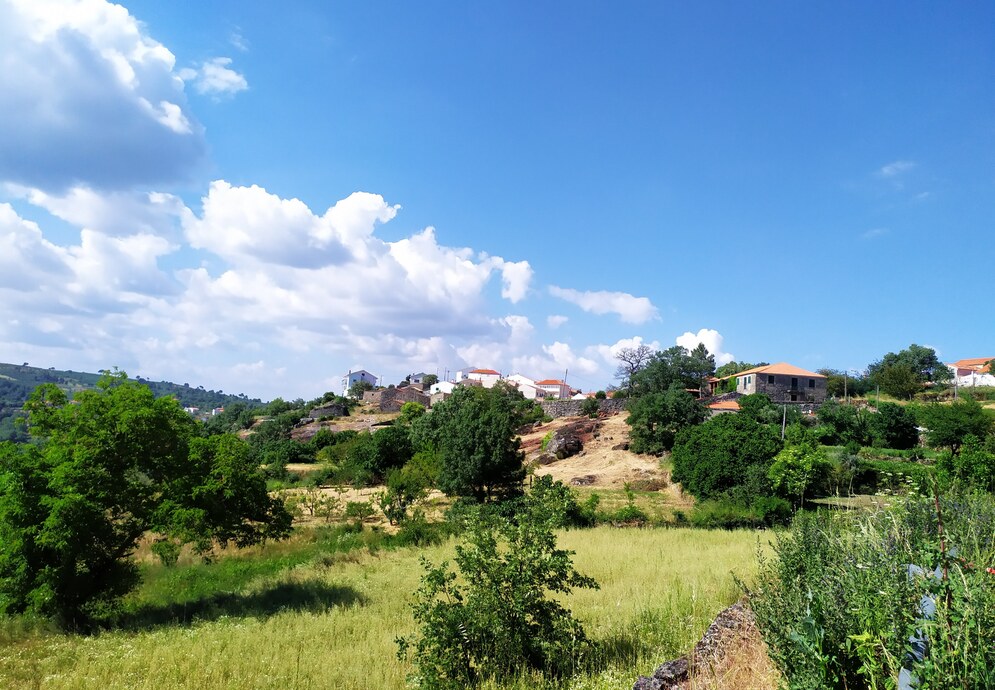

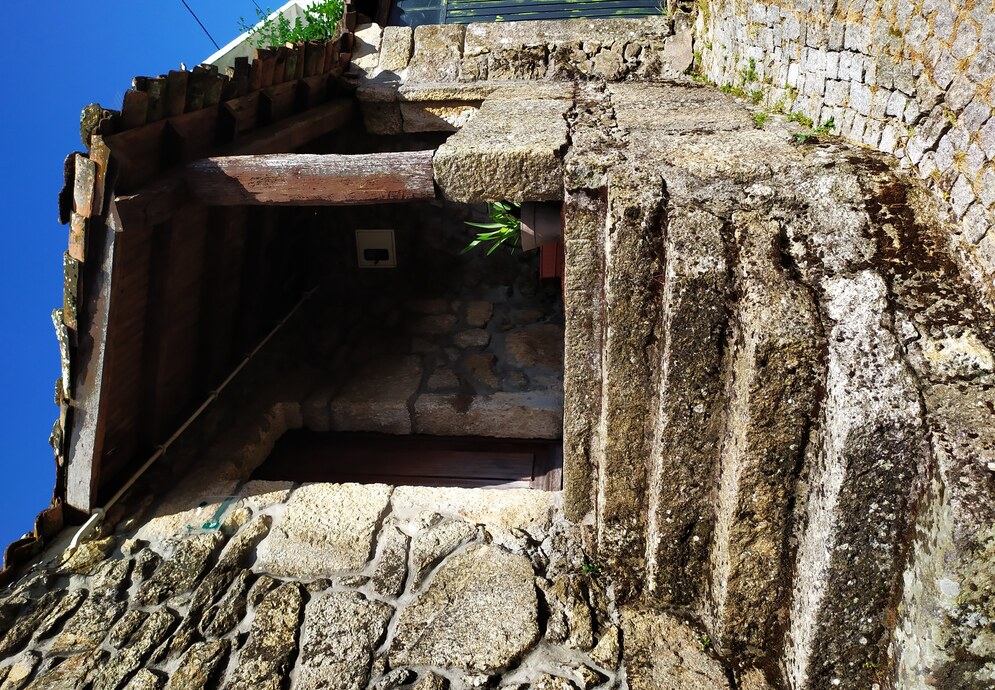
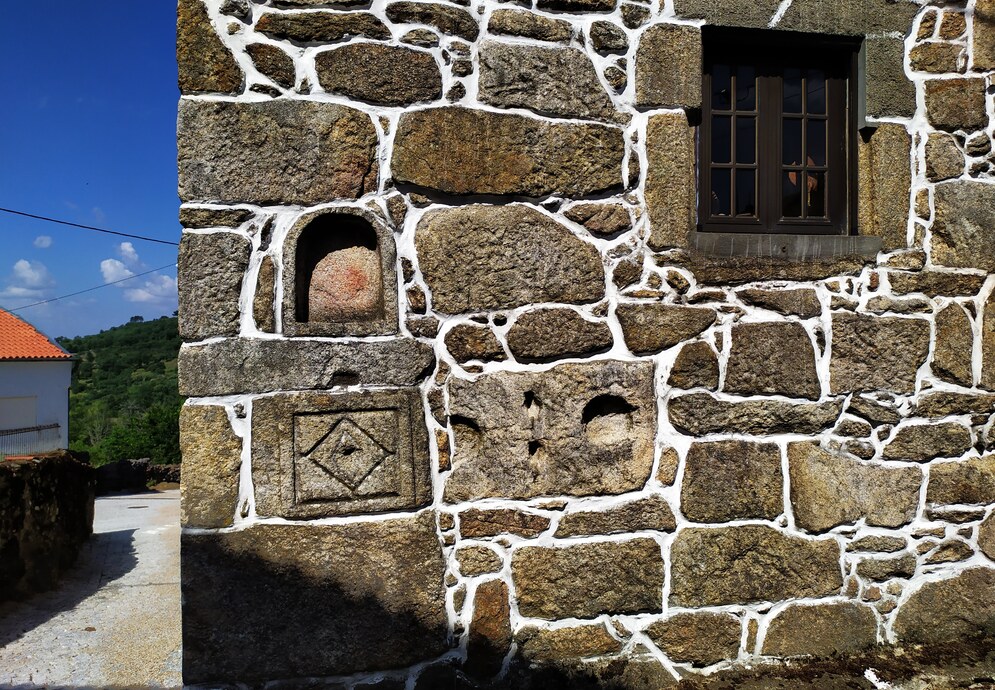
The first record of Avelãs de Ambom dates back to 1321, during the reign of King Dinis. It was during the fight against the Moors that King Dinis secured, through the Papal Bull of Pope John XXII, a three-year grant of the tenth of all the income of the church. In 1321, in order to analyse the profits obtained under this law was created the ‘Catalogue of all the churches, commendations and monasteries that existed in the kingdom of Portugal and the Algarves’. This catalogue included the Church of Santa Maria das Avelãs with a donation of 15 pounds.From the 17th to the 19th century, there were many crafts being practised in a village that had to support itself. There were carders, shoemakers, millers, barbers, vineyard workers, potters, tailors, carpenters, bricklayers, coal workers, blacksmiths, teachers and weavers. Heritage: The parish church of Avelãs de Ambom (Santa Maria), the Chapel of São Sebastião in Avelãs de Ambom and the pedestrian bridge over the Massueime stream.Legend of the Moor: According to the legend, once upon a time there was a castle in Avelãs de Ambom. It may have been the war during the Crusades or just the passing on of time that caused the castle to disappear and only its ruins remain. The story goes that a Moorish woman is guarding the castle (or what's left of it). The locals tell that in the walls of the castle are hidden gold-filled pots and there are stories of men who were struck by lightning while trying to escape from the village. ‘’Maybe it was the Moor in a fit of rage because someone tried to steal her treasure‘’.Legend of Santiago: If the legend has any grounding in truth, then the truth is that Avelãs de Ambom is on the route to Santiago de Compostela. According to the legend, Santiago passed through Avelãs where he wanted to build a castle. Since the locals refused to allow him to build the castle, he said: ‘I will throw down my sword and build my castle where it falls!’. It fell in Santiago de Compostela. From the journey through Avelãs, the four horse's footprints have been marked onto a rocky outcrop, as well as a fissure where the saint placed his sword and a basin which the people believe was used to give the horse some water. ‘Every day, in the evening, a cloud moves towards the cliffs of São Tiago, entirely shrouding the rocks’.

